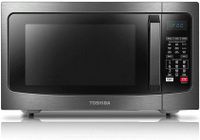What is a convection microwave and do you need one?
An all-in-one appliance that can cook, bake, roast, and reheat
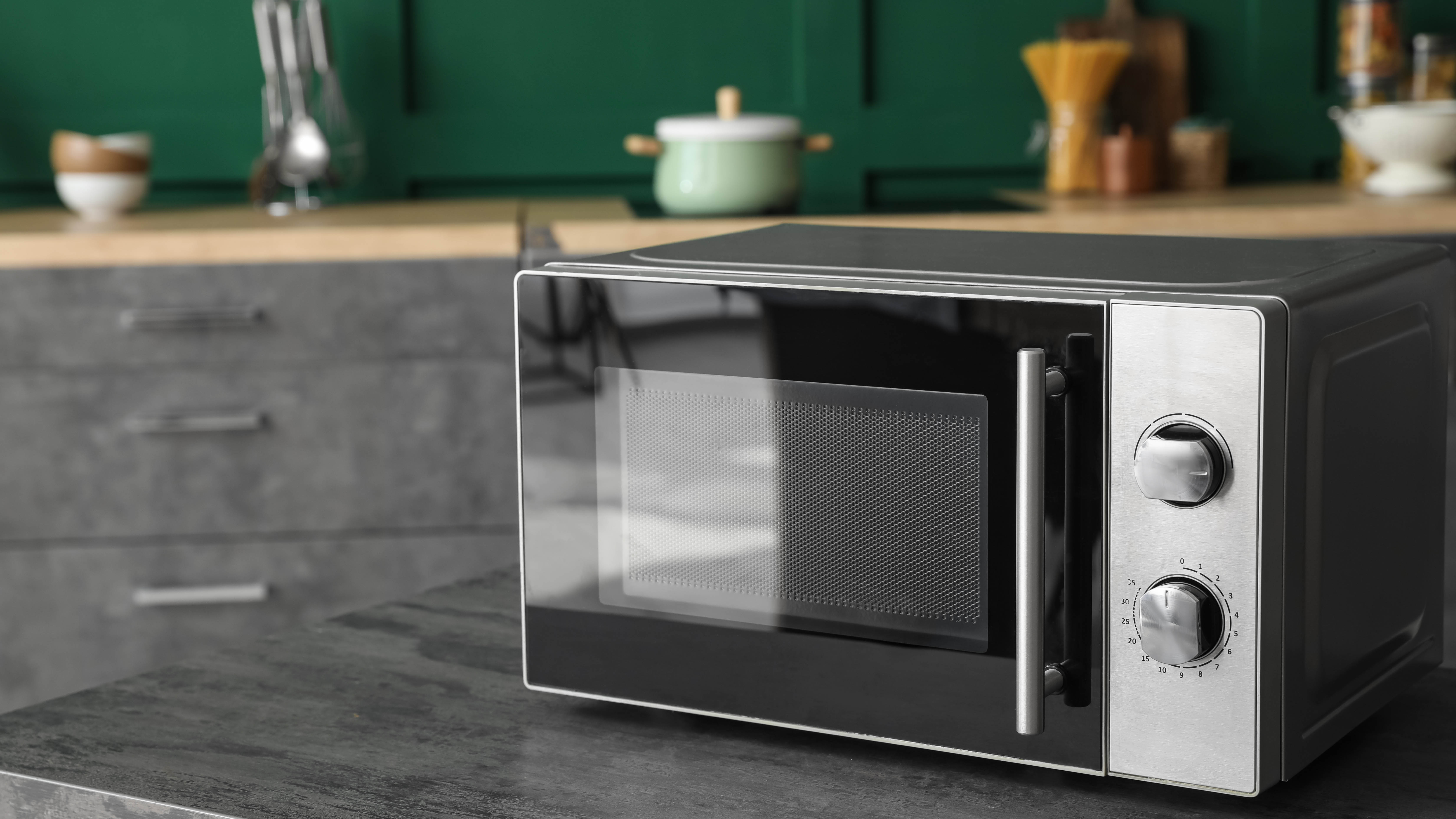
You’ve heard of a convection oven and a microwave, but do you know how a convection microwave works? Essentially, a convection microwave is like a mini oven and a traditional microwave all in one. Having one lets you cook smaller portions of your favorite food or heat leftovers in seconds.
But if you already have one of the best electric ranges and one of the best microwaves, do you need to add a convection microwave to your appliance collection? Luckily, we’ve got an expert at hand to learn more.
What is a convection microwave?
A traditional microwave uses electromagnetic waves to heat (or reheat) food in minutes. A convection microwave also uses these waves, but it adds an extra heating element and fan that lets you bake, roast, or broil food like you would in a regular oven. “A convection microwave combines microwave technology for quick heating with a convection fan and heating element for browning, baking, and roasting,” explains Glenn Lewis, president of Mr. Appliance, a Neighborly company. “[This is] unlike regular microwaves, which only heat or cook using microwave energy.”
However, convection microwaves only allow you to do this with small portions. For larger portions, you’ll need to use a traditional oven or a convection oven.
Pros of convection microwaves
A convection microwave can be a handy addition to your kitchen. Here are some of the most significant benefits of this appliance.
1. Good for small portions
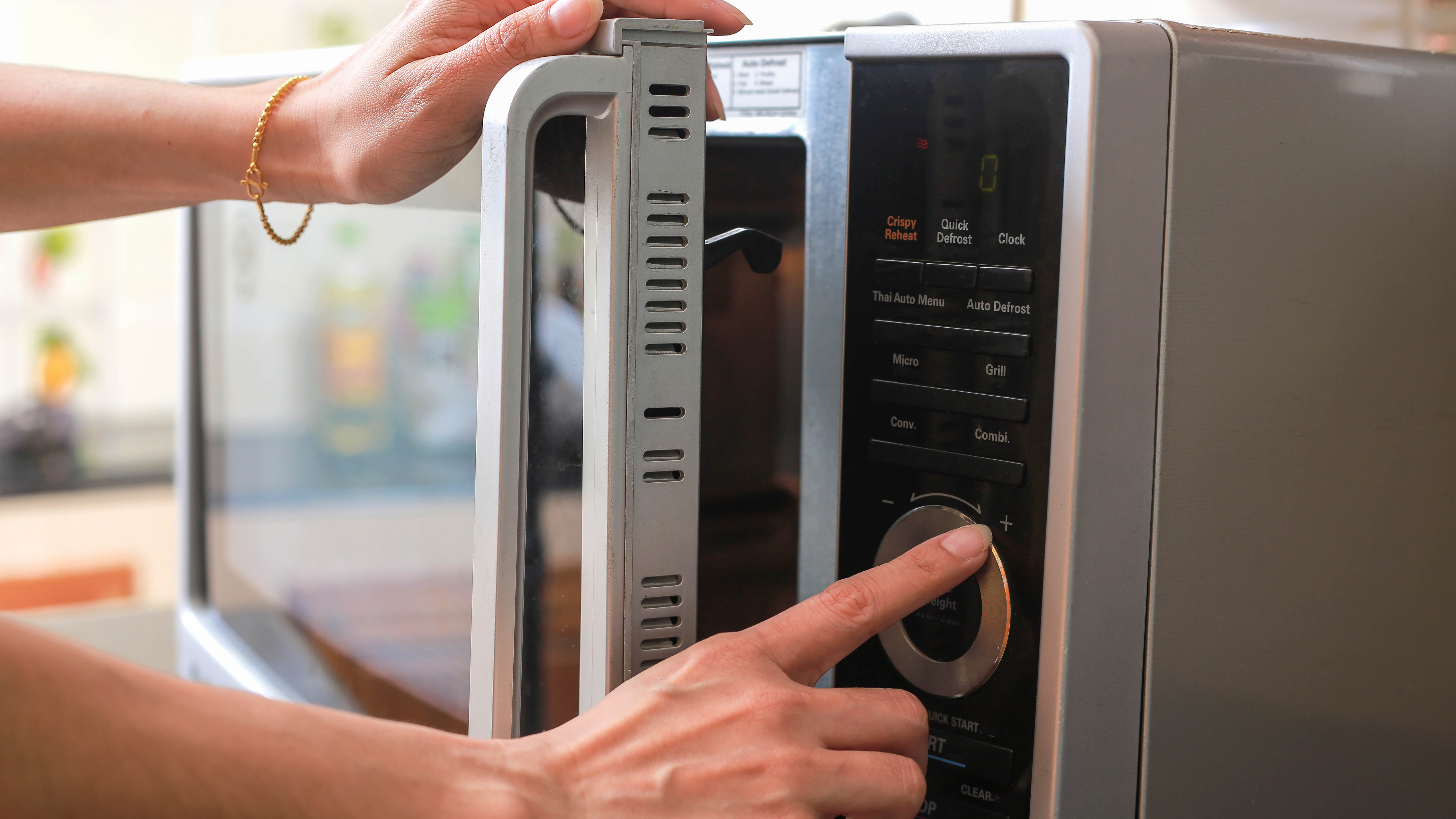
A convection microwave’s small size makes it ideal for cooking small portions or single-serving recipes. “[A convection microwave] can replace an oven for small-scale baking, roasting, and cooking,” says Lewis. This is ideal for those who frequently cook meals for just one or two people and don’t want to have to turn their oven on every time they cook.
2. Versatility
Convection microwaves give you more options for cooking or heating your food. “They give you versatile cooking options and faster cooking times,” says Lewis. This can be beneficial if you want to cook full meals but also use your microwave often to reheat leftovers."
Sign up to get the BEST of Tom's Guide direct to your inbox.
Get instant access to breaking news, the hottest reviews, great deals and helpful tips.
Some models also have multiple racks to cook several dishes simultaneously, allowing you to cook your protein and veggies together like in a regular oven.
3. Fast to preheat
Your traditional oven can take time to preheat, extending your cooking time. Convection microwaves preheat quickly because they are smaller, so you can start cooking sooner and reduce your overall time in the kitchen.
4. Less energy usage
Heating your regular oven for a small portion wastes energy and makes your entire kitchen hot. “[The] compact size [of a convection microwave] means there is no wasted energy when heating up a larger oven when you don’t need it,” Lewis explains.
This versatile microwave oven comes with a convection function. This allows you to roast, bake and cook pizza using the power of convection to reduce cooking time by up to 30%. It offers four auto bake menus plus four auto roast menus. It's a great appliance and worth snapping up at this price.
Cons of convection microwaves
Although there are numerous benefits of convection microwaves, there are also several disadvantages to bear in mind when considering adding one to your kitchen.
1. More frequent cleaning requirements
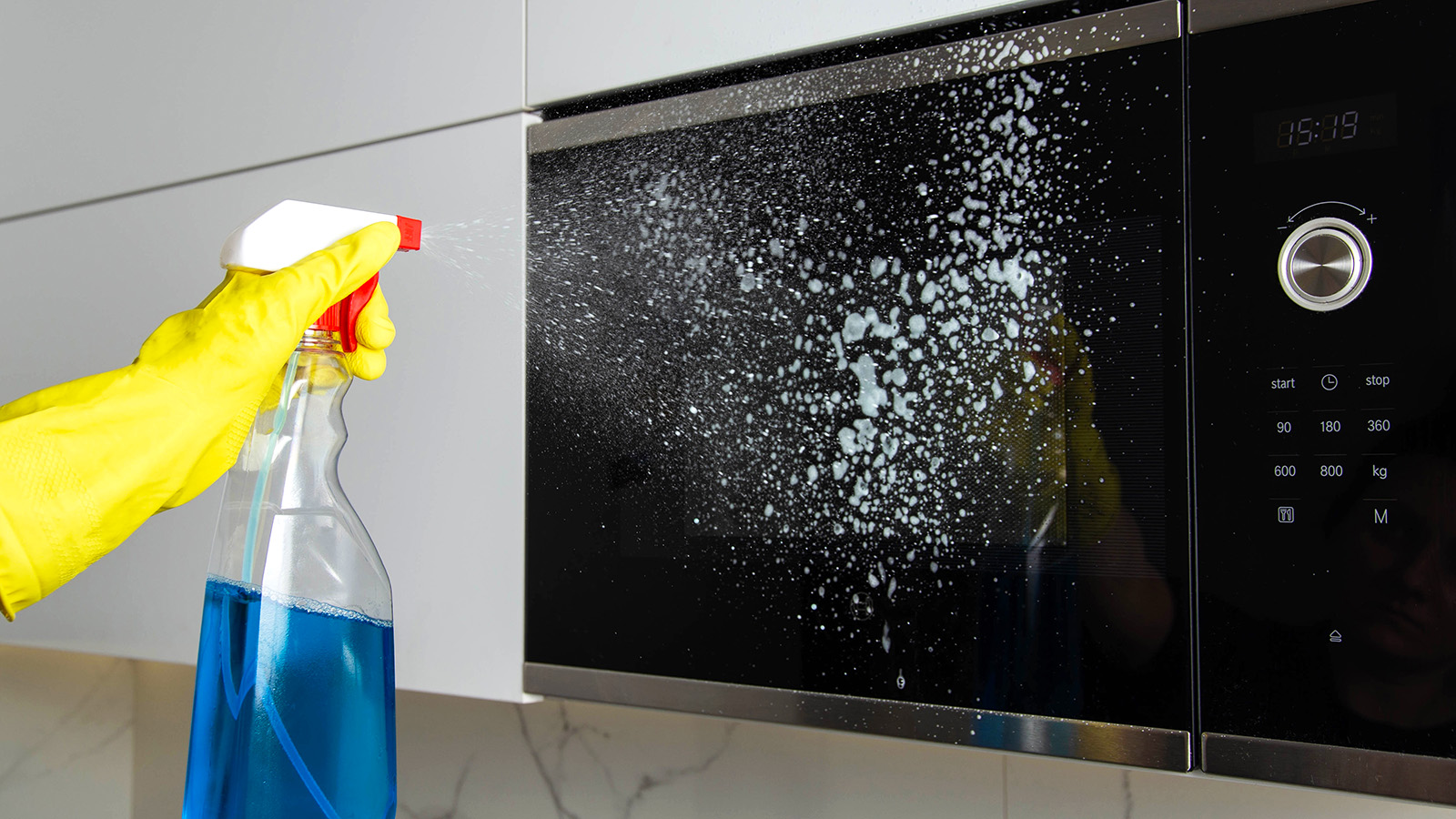
You’ll need to clean your convection microwave after each use to prevent food buildup and prolong the appliance's life. Traditional ovens require less frequent cleaning and are generally lower maintenance than convection microwaves.
2. Less interior space
A convection microwave is perfect for small portions but not so much for larger ones. “While the smaller cooking capacity is great when you are cooking small things, this can be a con as well when you have larger food items to cook,” Lewis says.
Additionally, he says that a convection microwave “may not match the capacity or performance of a full-sized oven for larger meals.”
3. Higher cost
Convection microwaves cost more than traditional microwaves, so consider whether you will actually use the convection setting before you buy one. “They do cost more than a conventional microwave as well, and there is a learning curve for new users of convection cooking,” says Lewis.
Make sure you read the instructions for your model thoroughly before using your convection microwave.
Can a convection microwave replace my oven?
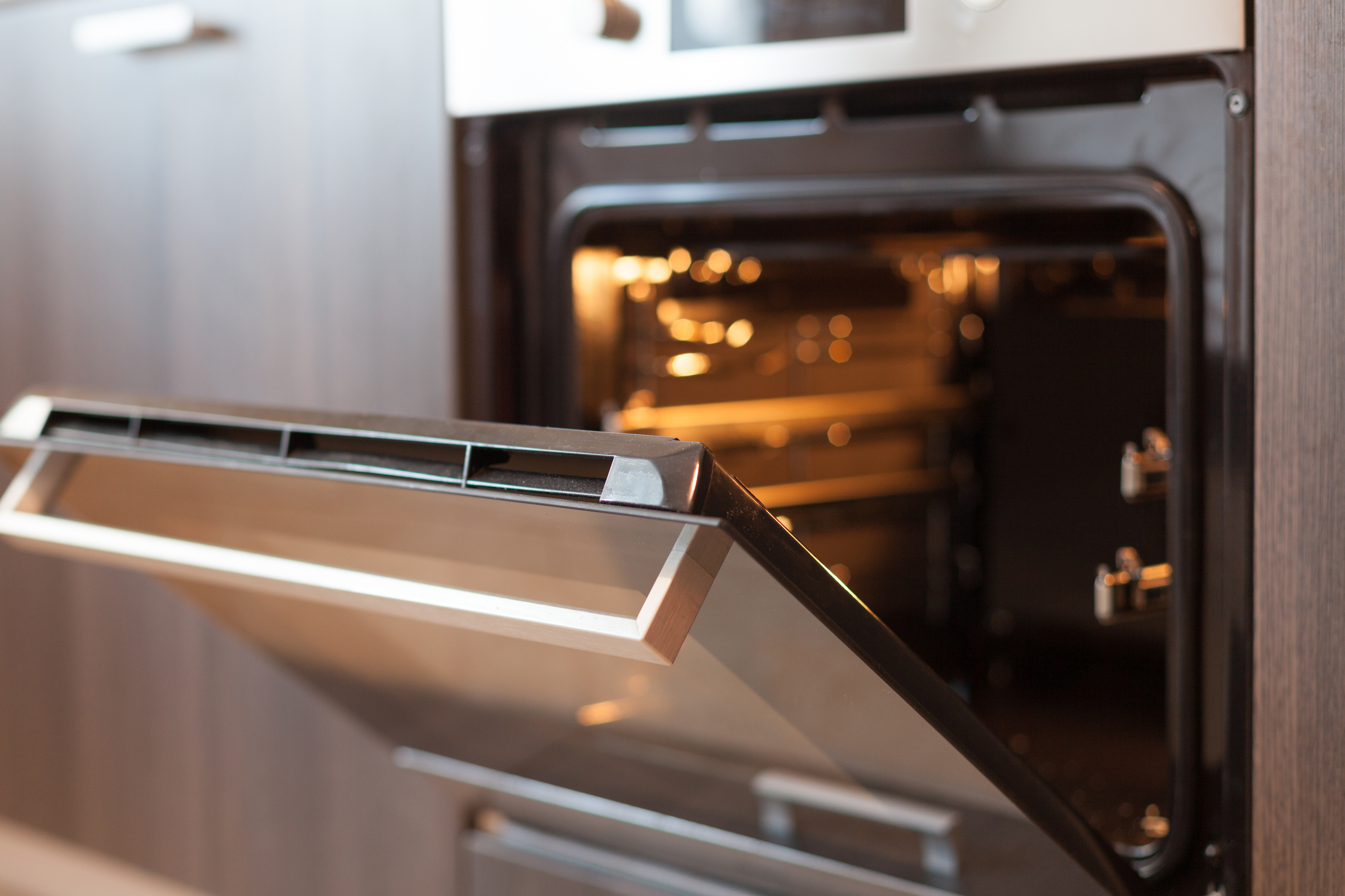
It’s unlikely a convection microwave can entirely replace your oven unless you live alone and don’t need a full-size oven for your cooking needs. A convection microwave could also be your solo oven if you live in a small apartment and don’t have space for a regular oven.
However, even if you live alone, you may prefer to cook larger portions to have leftovers to reheat after a long workday. Or you might enjoy cooking large meals for friends or hosting the holidays at your home. If you only have a convection microwave and not a regular oven, your cooking options will be extremely limited.
Can I use aluminum foil inside my convection microwave?
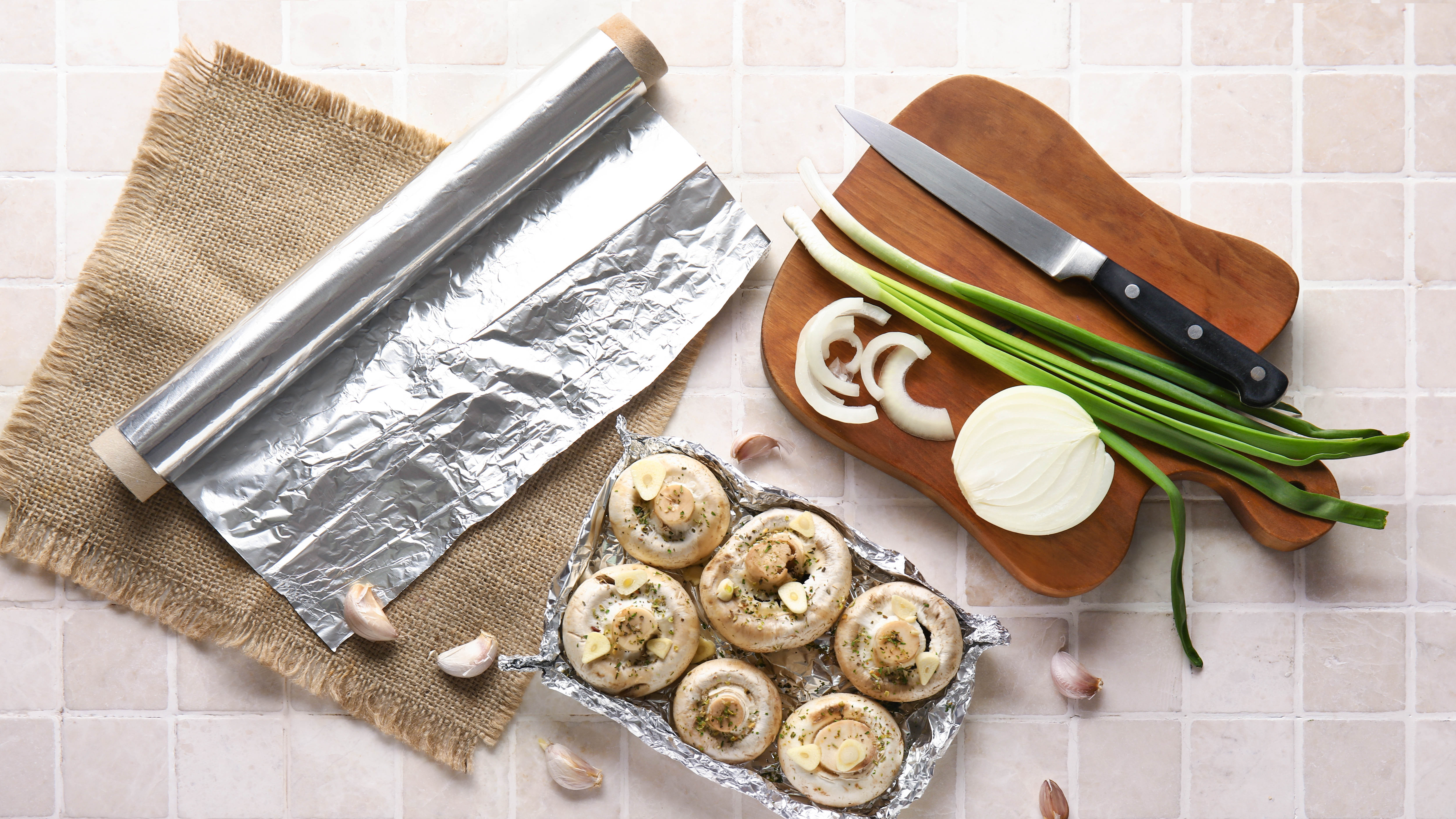
You can use aluminum foil in a convection microwave—but only when it’s in convection mode. Don’t use foil inside when it’s in traditional microwave mode.
Lewis elaborates on this by saying that foil should be used “only if the oven can be used in convection cooking settings without the microwave components coming on. Foil can cause arcing and sparks during microwave use and damage your microwave.”
More from Tom's Guide

Catherine Hiles has over a decade of experience writing and editing on various topics, including home improvement, personal finance, home finances, pet ownership, and parenting. Her work has been featured on BobVila.com, TIME Stamped, The Penny Hoarder, and more. In her spare time, Catherine enjoys running, reading, spending time with her kids and dogs, and tackling projects around the house.
